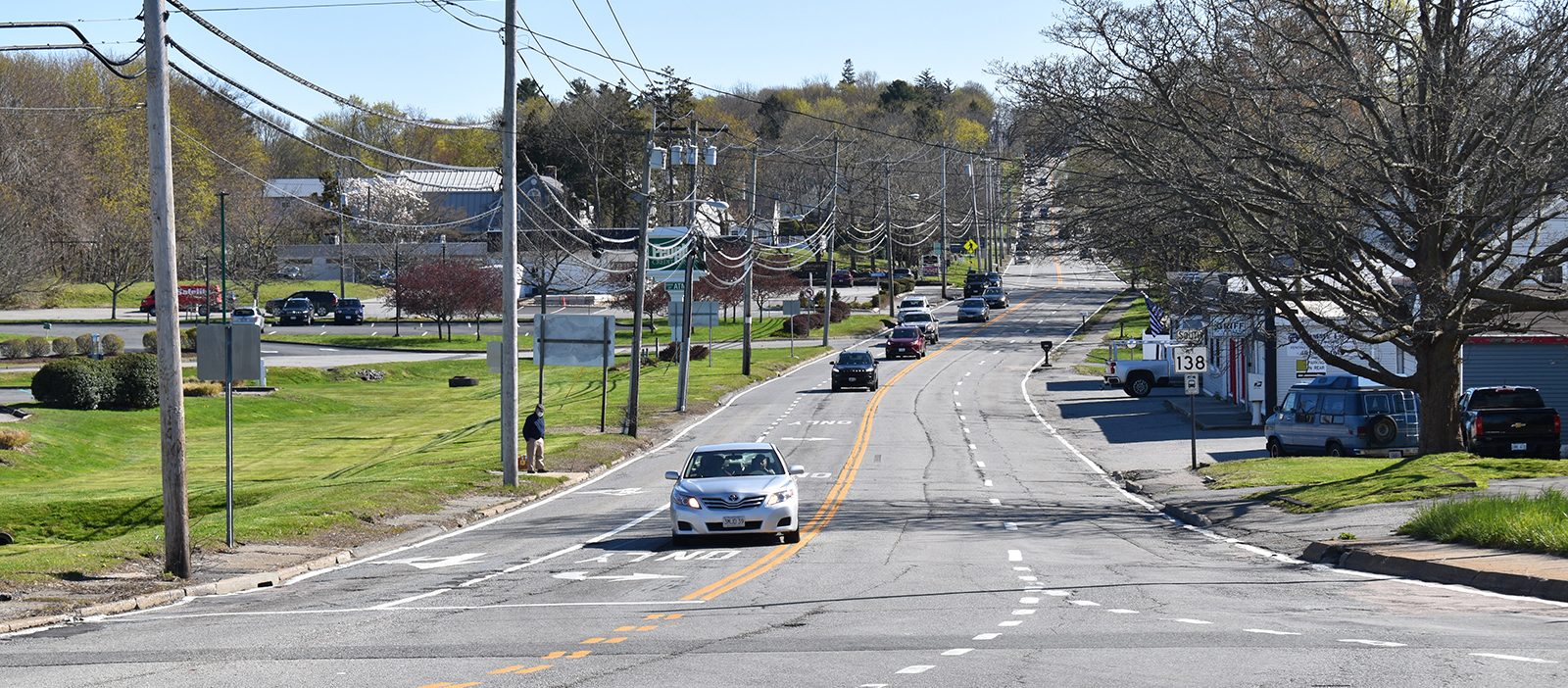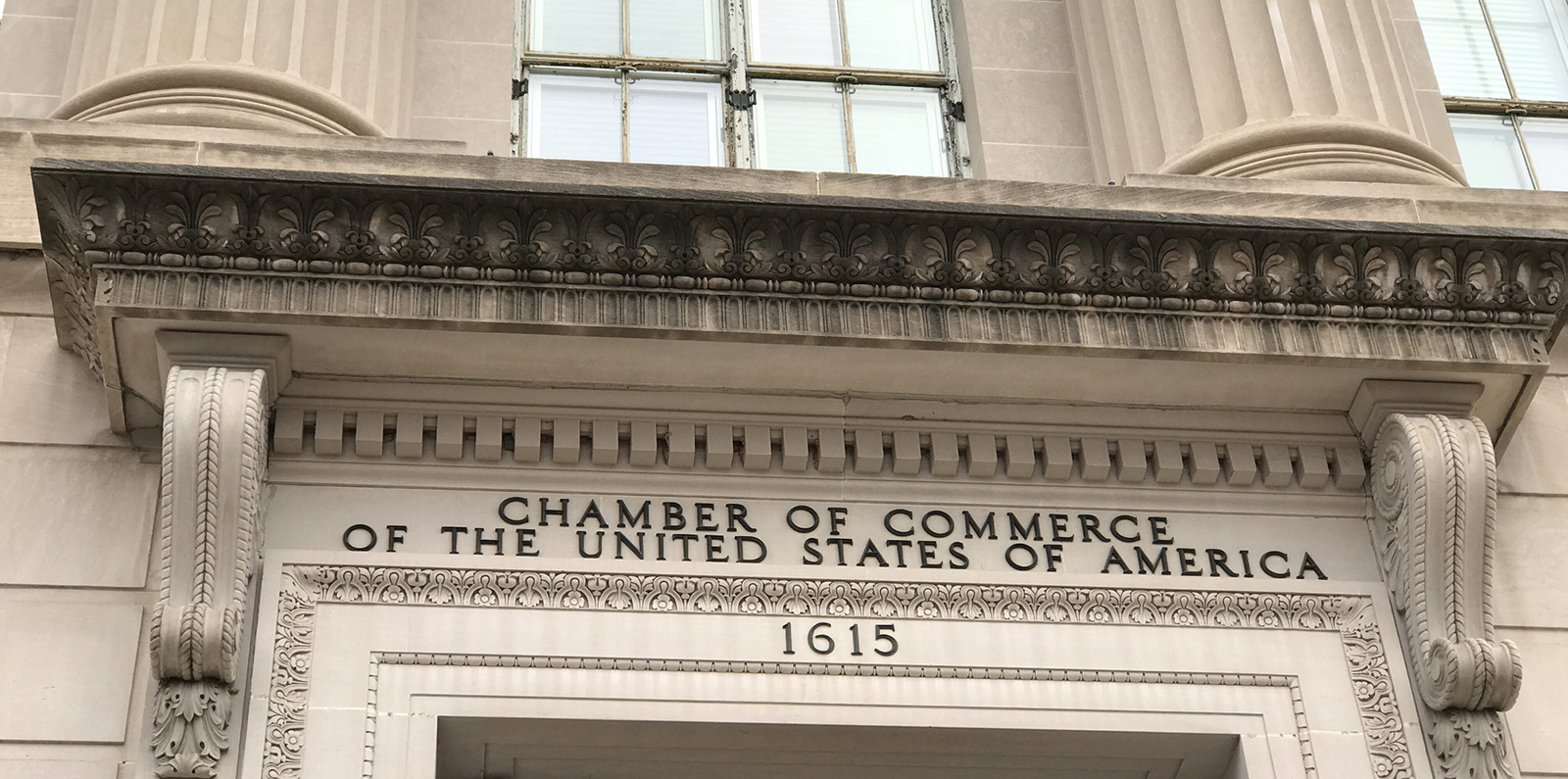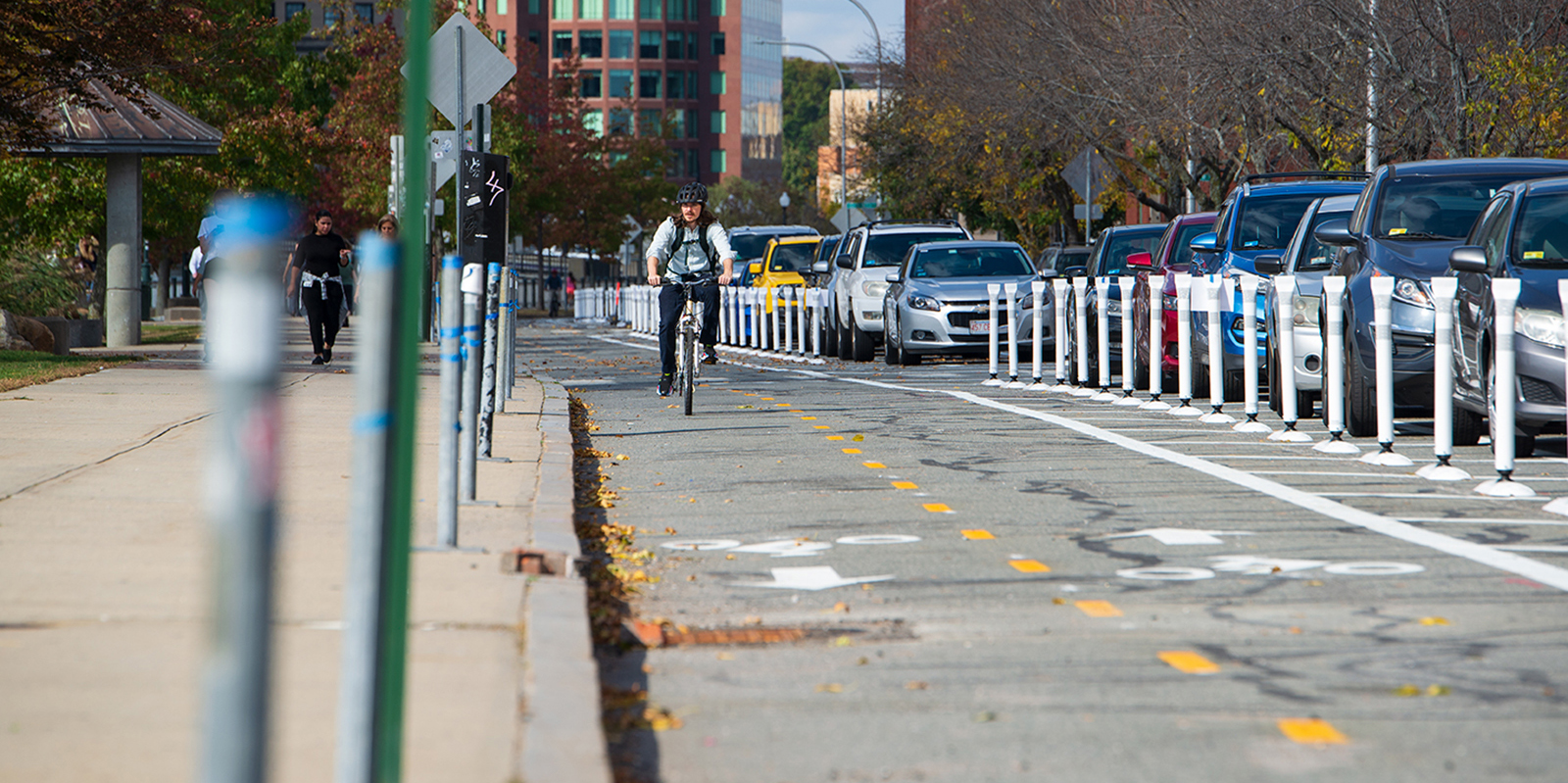Providence Mayor Hides His Disdain for South Water Street Bike Lane Behind Washington Bridge Fiasco
April 5, 2024
The lead-in to Dan McGowan’s April 4 Boston Globe “Rhode Map” e-newsletter perfectly summed up the Washington Bridge situation: it kind of seems like the only one who has been held accountable for the fiasco is the South Water Street bike lane.
This fiasco, as McGowan accurately labeled it, perfectly exemplifies the Rhode Island way. Lack of leadership. Zero accountability. Milquetoast or, worse, egotistical public servants. Shortsighted ideas presented as solutions. A take-from-the-bottom approach.
One expensive solution being pushed by Providence Mayor Brett Smiley to reduce traffic congestion is the dismantling of bicycle infrastructure on South Water Street. Unfortunately, the mayor hasn’t provided any data showing traffic will actually be reduced, but he has mentioned the bike path was “ill-conceived from the get-go.”
Once Smiley was elected, the bike lane was coming down one way or another (it was likely a campaign promise to the myopic businesses that whined about it from the start). The Washington Bridge parking lot provided an excuse.
Interestingly, money (in this case $750,000) can quickly be found to tear down non-car infrastructure but it takes studies, reports, and years of meetings to find funding and get approval to create it in the first place. Also, let’s not forget the Rhode Island Department of Transportation’s shameless director threatened to force the city of Providence to repay the federal government some $4 million in an attempt to get the city to rip up the bike lane soon after it was installed. The fact he still has a job in the public sector is mind-boggling.
A few more Rhode Island-like solutions to consider: prohibit RIPTA buses on Interstate 195, East or West; ban pedestrian use of sidewalks in both Providence and East Providence, to open that space for motorcycles and compact cars; redesign the Washington Bridge bike path into a travel lane only for individual motorists driving vehicles with internal combustion engines.
Admittedly, I’m not a traffic engineer, but if we believe junking bicycle infrastructure will help reduce traffic congestion being caused by the Peter Alviti Memorial Mess, why not restrict one of the two I-195 westbound lanes for buses and carpooling? How about removing parking on South Water Street during morning and afternoon rush hour and use that space for moving cars?
Smiley announced Wednesday a plan to remove the two-way bike path on South Water Street in an effort to relieve traffic congestion. He said a bicycle lane would be added to the adjacent sidewalk. If jamming bicyclists and pedestrians (plus those riding scooters and walking dogs) onto sidewalks was a good idea, we’d already be doing it — everywhere. Bicyclists wouldn’t be yelled at or given dirty looks for riding on sidewalks.
Smiley noted the three-quarters-of-a-million dollars would cover the cost to remove the bike path and install a raised crosswalk to slow down cars.
Before the protected bike path reduced the street to one lane, the two-lane roadway was really nothing more than a “speedway to the highway,” as South Water Street business (Wild Colonial Tavern) owner and bike lane proponent Maurice Collins told the Providence City Council last night.
In response to Smiley’s April 3 announcement, Dylan Giles, of the Providence Streets Coalition, wrote in a press release:
“In the absence of both data and community support for the planned removal of South Water Street Urban Trail in favor of multiple lanes of car travel, we continue to stand in opposition to the removal of infrastructure that has demonstrably increased safety for bicycle riders and pedestrians, and indeed all road users.”
During a City Council public forum the day after the mayor’s unscientific decision to remove the 3-year-old bike lane, a parade of local residents, city visitors, parents, and spouses spoke against the idea. Only one person spoke in favor of the takedown, and he admitted he wasn’t going to get a round of applause from the packed chamber.
President Rachel Miller noted the council had received 294 correspondences opposing the mayor’s plan and just one in support.
The City Council voted, 10-0, not longer after Miller’s tally to approve a resolution sponsored by Ward 1 council member John Goncalves opposing the removal of the bike lanes and the use of Capital Infrastructure Plan funds to do so.
“The removal would reduce opportunities for non-car transit options and go against the recent commitment to Vision Zero,” according to the City Council. “Bike lanes are a well-established safety tool as evidenced by a 10% decrease in fatalities, a 21% decrease in total annual crashes, a 55-61% decrease in pedestrian injuries, and a 53-63% decrease in serious injuries.”
Goncalves, in a letter to the mayor, questioned whether the decision to dismantle the bike lanes was backed by any data. He said the bike lanes have slowed traffic on the street, making it safer for both pedestrians and bicyclists.
“It’s disingenuous to claim that the recent issues with the Washington Bridge necessitate the bike lane removal,” Goncalves reportedly wrote. “The truth is, there have been attempts from businesses to erase these lanes long before any bridge problem surfaced.”
Smiley told The Boston Globe last month that the city is seeing “traffic in places that didn’t used to exist,” which is “conflicting with infrastructure that wasn’t built for this volume of traffic.”
Just a thought, but perhaps better-connected bike lanes, more sidewalks, and improved public transit would work better to reduce traffic congestion than making more room for more cars.
Note: The only time Gov. Dan McKee — who has claimed (falsely) that the Washington Bridge failure has only added 10 to 15 minutes to commutes — has appeared upset by the fiasco is when a TV reporter asked him a legitimate question.
Frank Carini can be reached at [email protected]. His opinions don’t reflect those of ecoRI News.




Winter’s here, let’s find a ferry to relieve traffic caused by the bridge failure. Summer’s here, let’s remove the bike lane to relieve traffic!
Our elected leaders are apparently unaware of the seasons here in New England. They should probably get out of their cars.
Alviti and Smiley are both criminals and should be removed from office. That McKee has not fired Alviti already means that Alviti must have pictures of McKee. Smiley has proven over and over again that he is simply a tool of the rich.
maybe Smiley was testing to see if people recognized satire when he suggested reducing car traffic congestion by removing bike lanes. It’s hard to tell satire from intentions these days. The same thing when Smiley suggested the almost broke RIPTA build an expensive new bus hub in a far inferior remote location (“Siberia” to use McKee’s term) – maybe that was meant in jest to see if people could still recognize ridiculous ideas
The underlying issue is a mindset. People keep trying to improve cars–lower emissions, safer, etc., etc. Find other ways to power things we don’t really need. In investigating wind power, I came to the conclusion that the only reasonable solution is to cut energy use in half and double the cost of energy use. OK, I know the last isn’t practical–people need shelter, food, heat, and so on. But stop with the power toys, the rider mowers, the leaf blowers; stop with the idiocy of lighting playing fields for night games; stop, stop, stop, stop…. and think about alternate forms of energy and transportation.
Once again Frank, you have hit the proverbial nail on the head.
A friend lives on So Water Street. She is dreading the possible bike lane removal, and the return of a two lane speedway in a very congested area, making it even less safe for pedestrians who will now contend with bicycles on the only place left for them to walk.